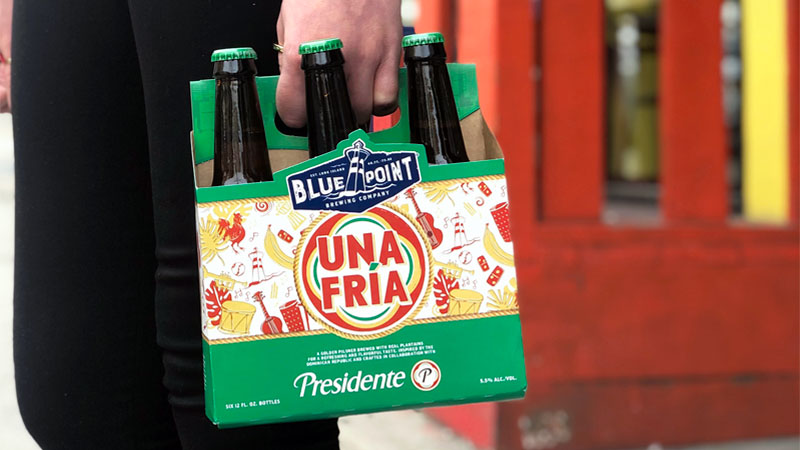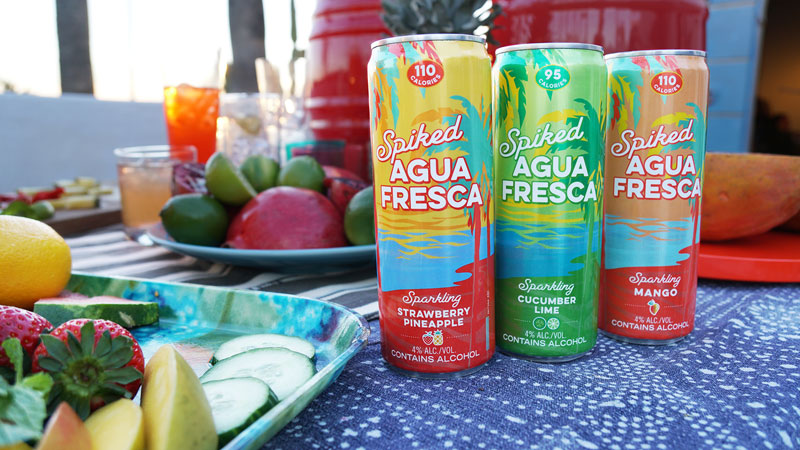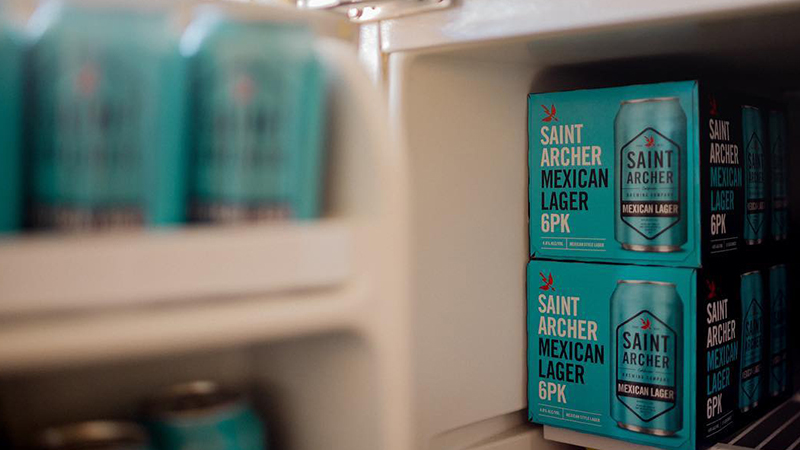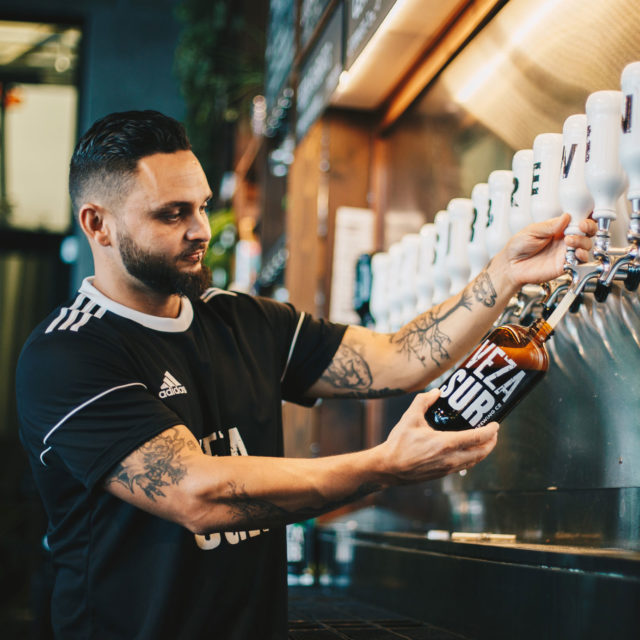In July 2019, Anheuser-Busch InBev (AB InBev) released three new beers in California and New York: Golden Road’s K-38 Clara (“clear”) and K-38 Obscura (“dark”) in San Diego; and Una Fría, brewed by Blue Point Brewing in partnership with Presidente, launched in distinct neighborhoods in NYC. All three are “test market” beers that aim to reach Latin American consumers.
“Almost 20 percent of the U.S. is comprised of Latinx people. This is a huge opportunity,” Mika Michaelis, president of AB InBev’s Brewers Collective craft division, writes VinePair in an email.
According to U.S. Census estimates, America’s Latinx population is projected to nearly double to 111 million by 2060. Additionally, this demographic is no stranger to beer: 60 percent of Hispanic consumers drink imported beer, compared to 40 percent of non-Hispanic consumers, according to Nielsen CGA data obtained by VinePair. Mexican beer is “the clear favorite,” a Nielsen CGA representative says.
AB InBev isn’t the only behemoth that’s noticed, either. Since 2018, MillerCoors launched a Latinx-facing advertising campaign for Mexican brand Sol. In March 2019, its subsidiary Saint Archer launched a Mexican lager.
Through a strategic combination of ad campaigns, collaborations, and craft acquisitions, Big Beer is making a concerted effort to reach more Latinx drinkers.

For the 2018 World Cup, MillerCoors launched a campaign for Sol Cerveza, the first Mexican beer to join its portfolio. (It gained the rights to import, distribute, and market Sol in the U.S. from Heineken in 2017.)
The Sol ads targeted “second-generation Mexican Americans,” E.J. Schultz writes in AdAge. They were created by bilingual agency Alma of Miami, featured a custom-made song performed by Mexican pop star Amandititita, and aired on both English- and Spanish-language television networks. When asked for dollar amounts, Ashley Selman, MillerCoors VP of emerging and economy brands, described the campaign as “one of the most heavily supported new brand launches in many years for MillerCoors.”
Also in 2018, Constellation Brands launched a Modelo campaign featuring famous Latino athletes, including NFL legends Anthony Muńoz and Tony Gonzalez.
Why spend so much time and money on these legacy brands? In 2017, Mexican beer comprised more than two-thirds of U.S. beer imports, led by Corona (and its forever-famous “Find Your Beach” campaign), followed by Modelo, Dos Equis, and Tecate. Gerry Loredo, director of business analytics for Houston-based and Hispanic-community-focused agency Lopez Negrete, attributes the imports’ success to flavor preference as well as “proximity of Mexican beers from a cultural and country-of-origin perspective.”
“Marketing is critical for this segment to choose to move from imports to craft,” Loredo told The Brewer Magazine in 2017. “The sheer number of brewers, styles and packaging can be a real barrier to Hispanic Millennials. When there are too many choices without a way to navigate and evaluate them, the tried and true tends to persist,” he says.

Of course, this can be true of any demographic or individual who hasn’t been introduced to craft beer. “Craft breweries have the advantage of day-to-day access with their local customers, and they can pinpoint exact needs and opportunities to create a genuine impact with all customers — Latinx and beyond,” AB InBev’s Michaelis tells VinePair. “In the cases of Blue Point, Karbach, and Golden Road, this means establishing occasions and recipes that directly target their local Hispanic communities.”
Golden Road named K-38 after a Mexicali surfing spot where “Americans and Mexicans surf together,” Michaels says. In April 2019, the Los Angeles-based brewery also launched a line of Spiked Agua Fresca.
Michaelis describes Blue Point and Presidente’s Una Fría lager as “Dominican-style with a craft twist.” It adds “more hops” as well as plantains for bitterness, and the bottle and can labels were designed by Dominican-American artist Tiffany De Jesus. “Blue Point’s Una Fría is a great example of community-inspired recipes,” Michaelis says.
Assuredly, these brands are also made to sell. “We’re putting this beer on the shelf close to the Presidente beer, showing that as our craft version,” Michaelis adds.

As Big Beer turns its attention (and dollars) toward marketing to millennial Latinx drinkers, many American breweries of all sizes have been inspired to release their own versions of Mexican-style lagers in recent years. These include AB InBev’s Karbach Brewing’s Hella Chella, “a spicy cerveza” brewed as an homage to the Michelada. Independent brands such as Sierra Nevada, Boulevard Brewing, 21st Amendment, and others have also launched Mexican-style craft lagers in recent years, so defined as light beers that use Vienna or Pilsner malts, flaked corn or maize, herbal and floral hop varieties, and lots of references to the beach.
Latinx drinkers are not a niche. The 60 million Americans who identify as such are a culturally diverse, growing segment of the beer-drinking public. “We’re seeing a demographic revolution that is fundamentally changing the history of the U.S.,” Stacie de Armas, Nielsen’s vice president of strategic initiatives and consumer engagement, recently told NBC Latino. This means for brewing companies large and small, finding new ways to legitimately engage with the Latinx community is imperative.
